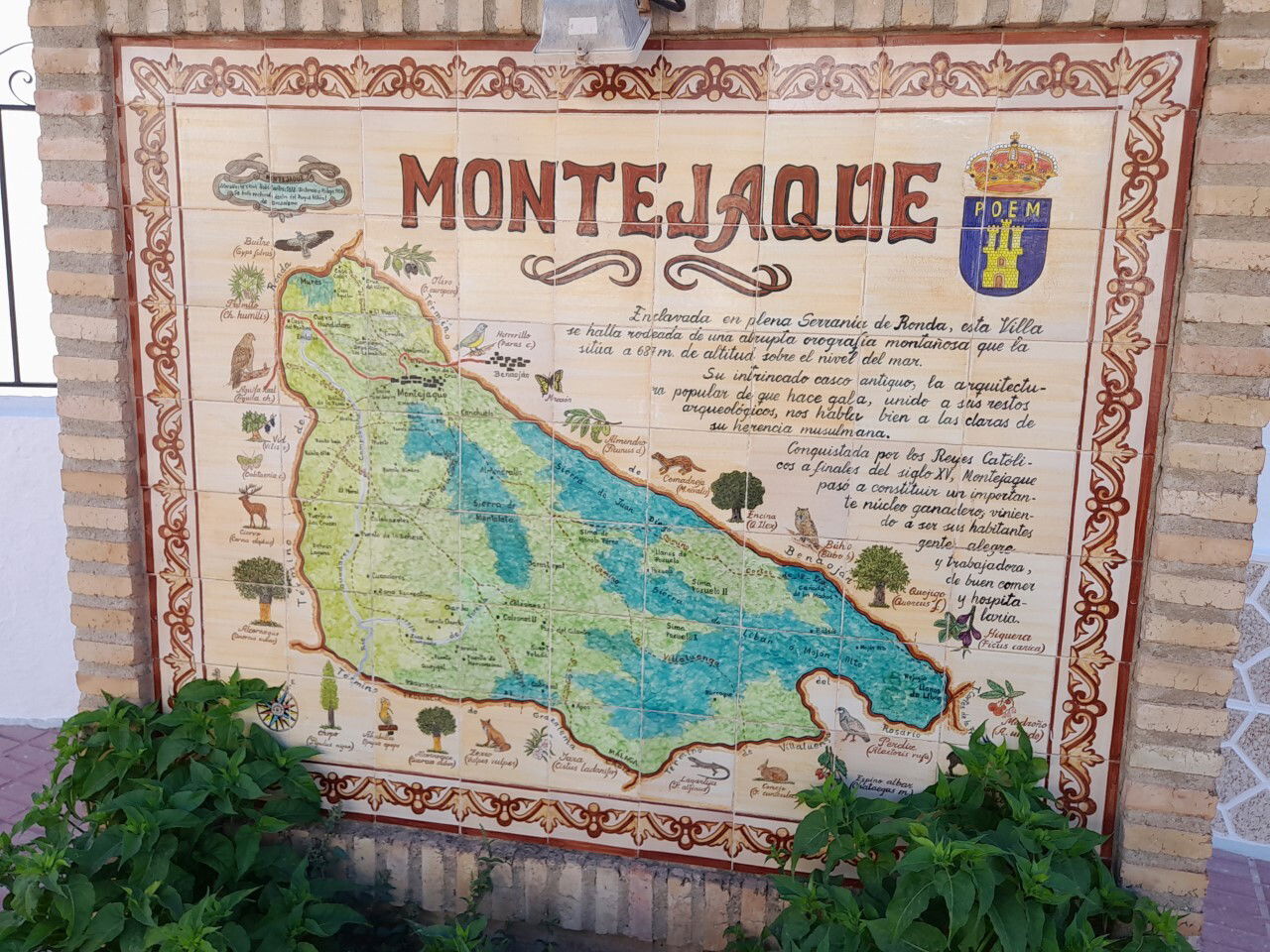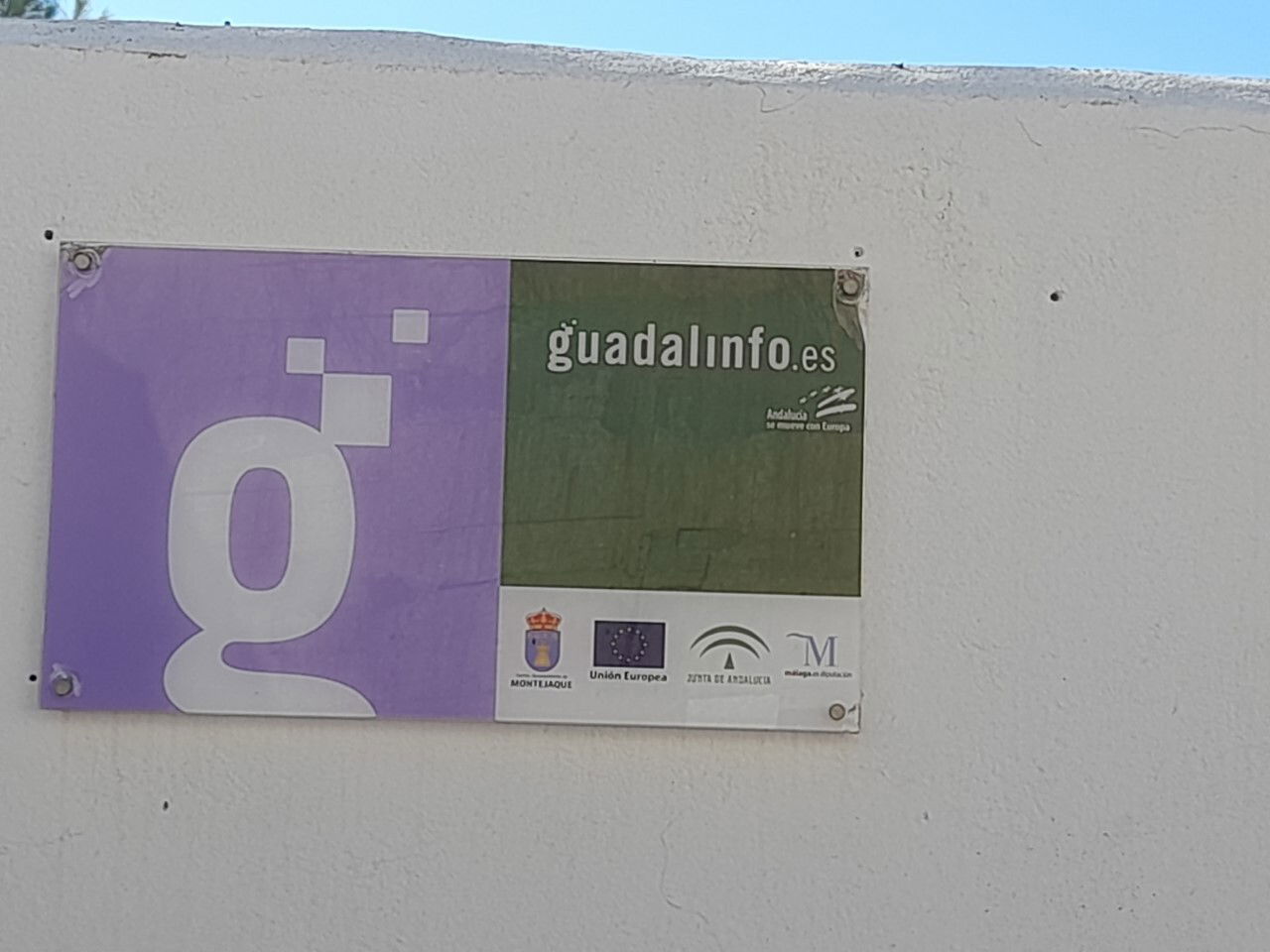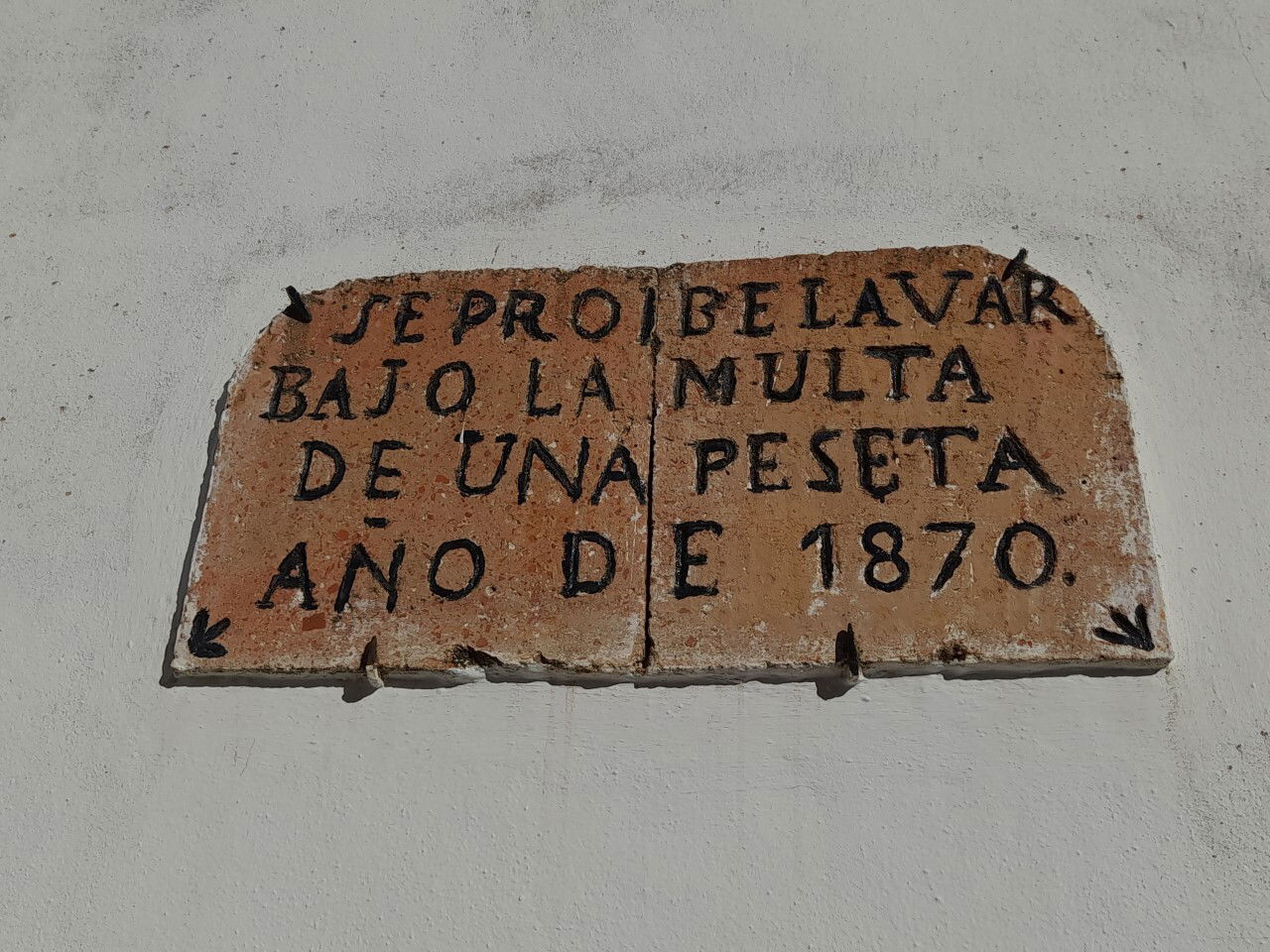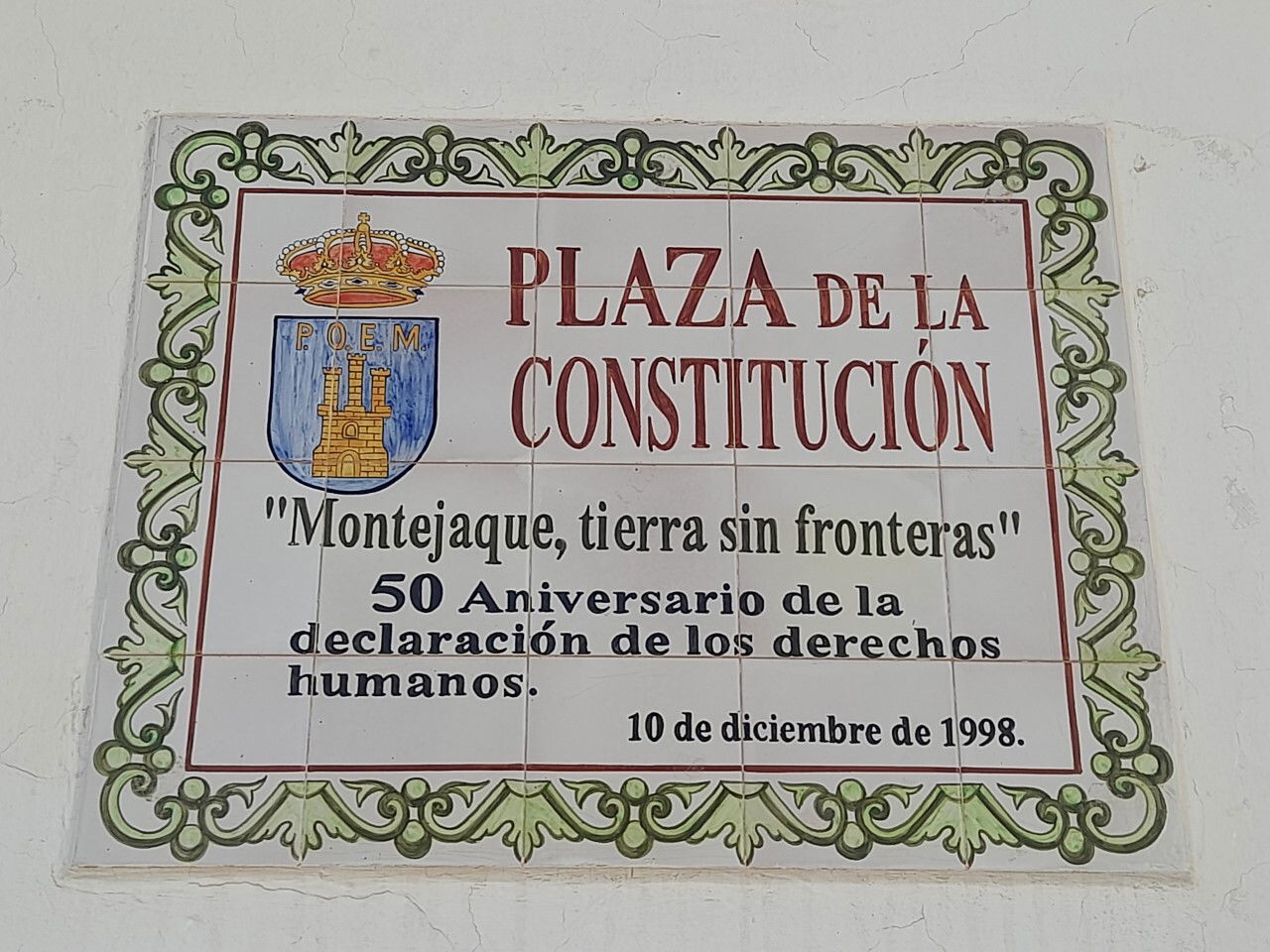A stroll through the main street of Montejaque
From Avenida de Knittlingen, along Avenida de Andalucía to Plaza de la Constitución
By Paul Whitelock
Knittlingen
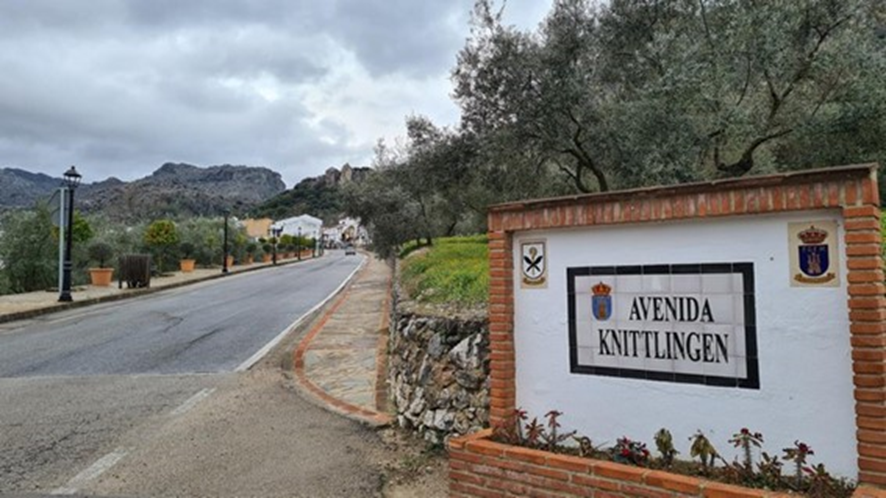
Arriving at Montejaque from Ronda and Benaoján, the visitor first passes through Avenida de Knittlingen. Knittlingen is a town in Baden-Wuerttemberg, in southern Germany, where hundreds of montejaqueños and benaojanos went to work in the 1960s, under the “guest worker” programme (das Gastarbeiterprogramm).
Many returned home after many years and that is why so many residents of these two villages speak German.
Knittlingen, Montejaque and Benaoján became official twin towns in June 2009.
It is estimated that between 50 and 60 montejaqueños currently reside in the German town, although in past years the figure reached more than 400.
The Public Laundry
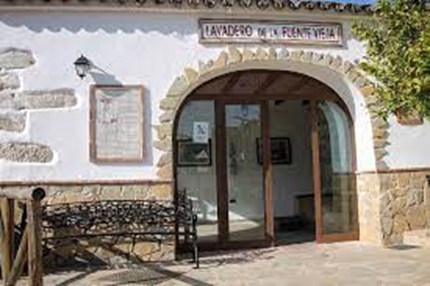
About 100 meters away, on Avenida de Andalucía, you will find the old village laundry. The Lavadero de la Fuente Vieja de Montejaque opened its doors to the public on March 8, 2009, after being restored and converted into an interpretation centre to show the history of a building that played a fundamental role in the life of the village.
Restored as a tribute to the women of Montejaque, the municipal laundry has renovated the long wash sink at which so many housewives knelt in the days when water was scarce in the homes of the village.
The defibrillator
One of the town's two defibrillators, installed in 2019, is also located here. The Malaga Provincial Council has provided defibrillators to 13 municipalities in the province, including Montejaque, for public use outside the health system, in municipal buildings and enclosures.
The 17 machines required an investment of 30,600 euros, financed through the 2018 Provincial Assistance and Cooperation Plan.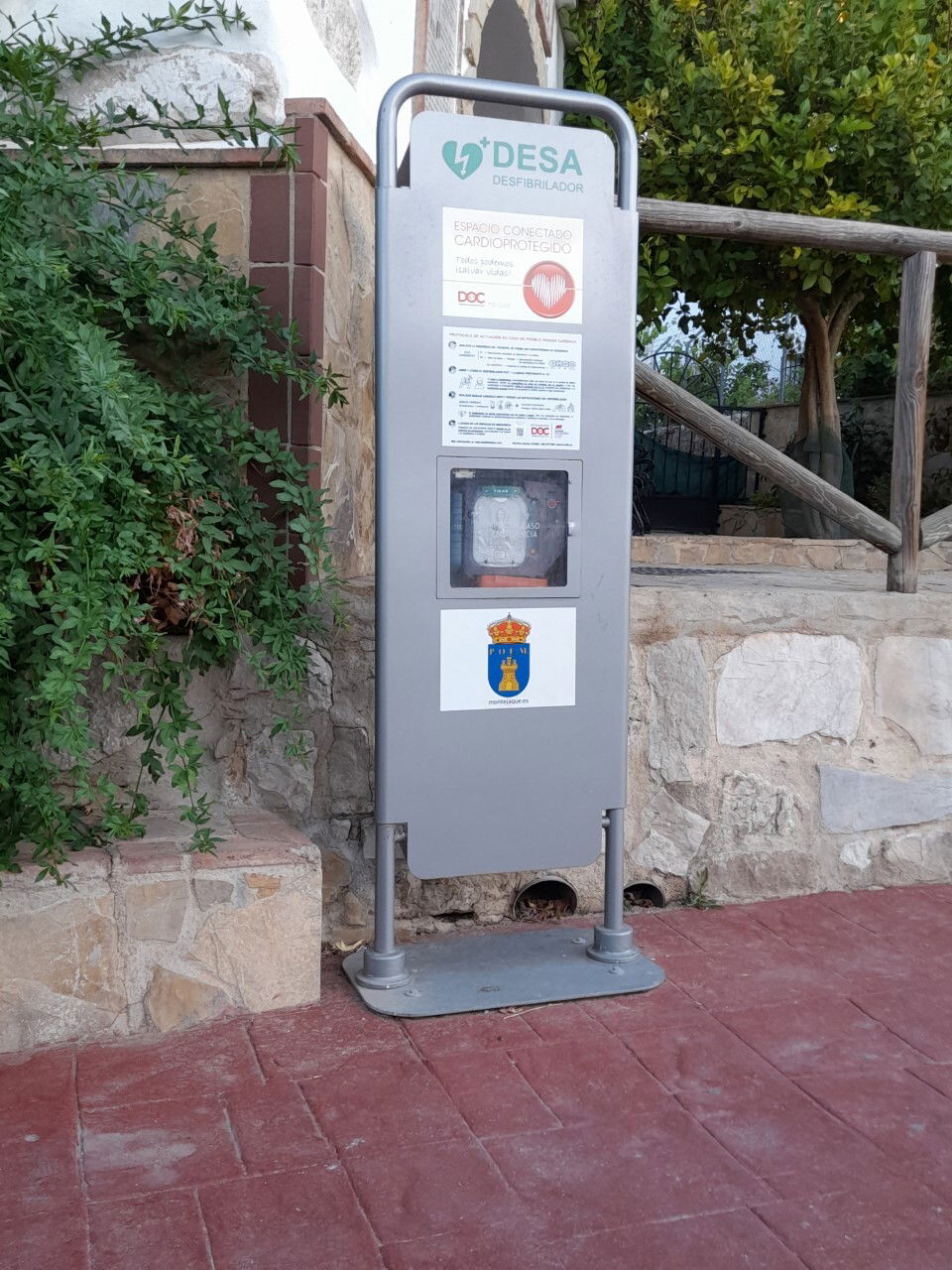
A defibrillator is an electronic device that restores normal heart rhythm by a high-voltage electrical shock to stop and reverse arrhythmias or cardiac arrest.
Pablo Picasso
Across the avenue is Calle de Pablo Ruiz Picasso, named after one of the most important Spanish painters and sculptors of the 20th century.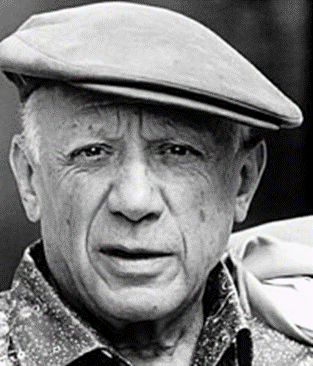
A native of Malaga, he had lived in France since 1900. The last time he was in Spain was in 1934, two years before the start of the Spanish Civil War.
Pablo Ruiz Picasso was the creator, along with Georges Braque, of Cubism.
His works are present in museums and collections throughout Europe and the world.
His most famous work is Guernica, which he created in 1937.
He died on April 8, 1973, at the age of 91.
There are other streets in Montejaque named after famous Andalusians, for example Federico García Lorca and Antonio Machado.
Federico García Lorca was a poet, playwright and prose writer. He was the most influential and popular poet in 20th century Spanish literature and as a playwright he is considered one of the most important 20th century Spanish dramatists.
He was assassinated a month after the coup d'état that caused the start of the Spanish Civil War. Presumably for his opposition to General Franco and for being homosexual. He was 38 years old.
His best-known plays form the trilogy Yerma, Bodas de Sangre and La Casa de Bernarda Alba.Antonio Machado Ruiz, born in Seville in 1875, was a poet, the youngest representative of the generation of 98.According to Gerardo Diego, Spanish poet, teacher and writer, “he spoke in verse and lived in poetry.”Machado died in exile in the throes of the Second Spanish Republic.Map of MontejaqueOpposite the laundry there is a map of the town of Montejaque, made of tiles. It is so that the visitor can get oriented. Very pretty.The Caving Interpretation CenterIn this "museum", by means of panels, display cabinets, rock samples of different types of rocks, samples of lithic industry, ceramic remains, paleoanthropology, etc., and audiovisuals, we are shown the karstic geology of the mountains that surround the Montejaque area.In this place is also the Information Point of the "Sierra de Grazalema" Natural Park.There is also a shop selling organic products from the area.GuadalinfoThe next important building is Guadalinfo.Guadalinfo is the Andalusian public network of more than 760 centres of digital skills, open innovation and Internet access, co-financed by the Junta de Andalucía and the eight Andalusian provincial councils, and managed by the Fernando de los Ríos Consortium.The centres are located in rural municipalities (less than 20,000 inhabitants) and in certain neighbourhoods of larger cities where they serve groups at risk of social exclusion.The focus of Guadalinfo is to train people (using ICT as a tool) so that they can be the engine of transformation in their communities: training adapted to different ages and profiles in digital skills, entrepreneurship skills, technological and professional skills, and awareness and community cohesion, with special attention to the prevention of digital, gender and social gaps.The Guadalinfo centres also advise users on their projects and promote collective initiatives for social revitalisation, community awareness and promotion of the environment. Its areas of action range from employability to digital literacy, promotion of innovative culture, citizen participation, improvement of quality of life, entrepreneurship, business digitisation and electronic administration.Electric car charging pointOutside the Colegio Publico de la Virgen de la Concepción there is a newly installed recharging point for electric cars. Sponsored by the company Serranía Eléctrica de Ronda, it is free to use.EmigrationA few steps further on to the right is Calle Emigrantes. On the wall there is a tile panel that speaks of the Emigration to Germany in the 1960s.PhotoNew FountainOn the corner is the emblematic Fuente Nueva with its warning not to wash unless you want to risk a fine of one peseta.BakeryThe bakery is managed by the Gil Brothers. Established in 1898, that date represents one of the worst years in the history of Spain. In that year Spain lost Cuba, the Philippine Islands and Puerto Rico.The Town HallArriving at the Plaza de la Constitución, you can see the Town Hall in front of you with its logo and the mysterious letters P.O.E.M.Nobody knows what the letters mean, although there is a theory that the letters were really P.D.E.M. which means PROVINCE OF MÁLAGA. They are still investigating...The Montejaque goatAdjacent to the entrance door is the Montejaque goat, a metal statue donated to the town by Helen Dennerley, a Scottish sculptor, who has owned property in Montejaque for more than a decade.The ChurchAlso in the plaza is the village church, La Iglesia de Santiago El Mayor. It is located on the dividing line between the modern and old neighbourhoods of Montejaque. Its construction dates from the sixteenth century, in late Gothic style.A reconstruction was carried out in 1773.The existing chapel in the nave of the Gospel with a hemispherical vault, supported by beautiful cut-out squares, presents an interesting pictorial decoration from the eighteenth century.In front of the church there is a statue that commemorates the teacher "Pepe El Maestro", José López González, and a plaque in homage to La Mujer Montjaqueña.This refers to the women who fought with the guerrillas against Napoleon's French troops in the War of Independence in the early 19th century. The French considered these women to be so brave, steadfast and committed that they said, "Don't kill a montejaqueña, marry her."Pitcher gameTo finish our walk, we are going to take a look at the tile plaque on the façade of the Hotel Palacete de Mañara, a former ham factory.PhotoIt describes the Game of the Jugs, which is still celebrated today during the festivals in February and August.***That concludes our walk down the main street of Montejaque. It is true that there is much more of interest in this charming village, but that is for another day…..
